The usual way this issue is handled is to have the plots with some small separation. This is done by default when plt.hist is given multiple sets of data:
import pylab as plt
x = 200 + 25*plt.randn(1000)
y = 150 + 25*plt.randn(1000)
n, bins, patches = plt.hist([x, y])

You instead which to stack them (this could be done above using the argument histtype='barstacked') but notice that the ordering is incorrect.
This can be fixed by individually checking each pair of points to see which is larger and then using zorder to set which one comes first. For simplicity I am using the output of the code above (e.g n is two stacked arrays of the number of points in each bin for x and y):
n_x = n[0]
n_y = n[1]
for i in range(len(n[0])):
if n_x[i] > n_y[i]:
zorder=1
else:
zorder=0
plt.bar(bins[:-1][i], n_x[i], width=10)
plt.bar(bins[:-1][i], n_y[i], width=10, color="g", zorder=zorder)
Here is the resulting image:

By changing the ordering like this the image looks very weird indeed, this is probably why it is not implemented and needs a hack to do it. I would stick with the small separation method, anyone used to these plots assumes they take the same x-value.


